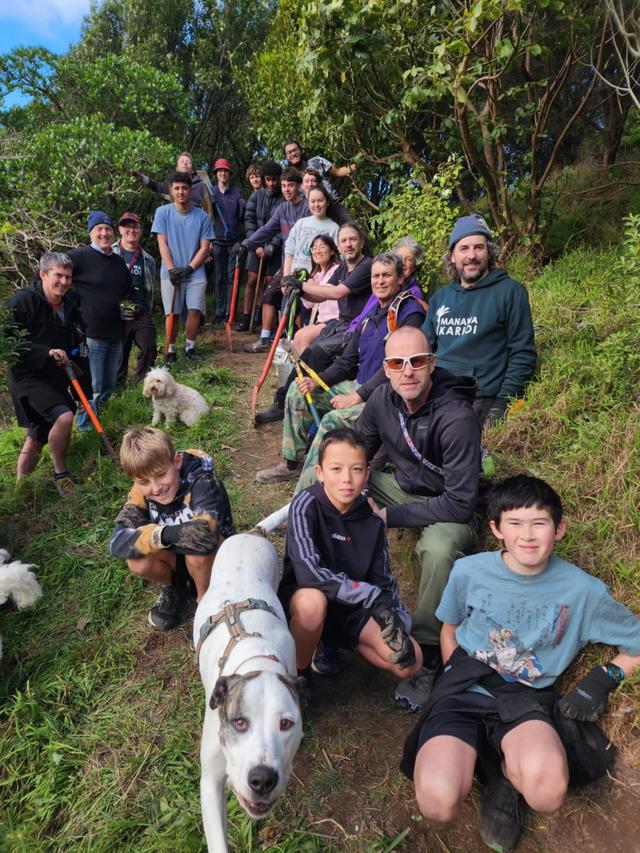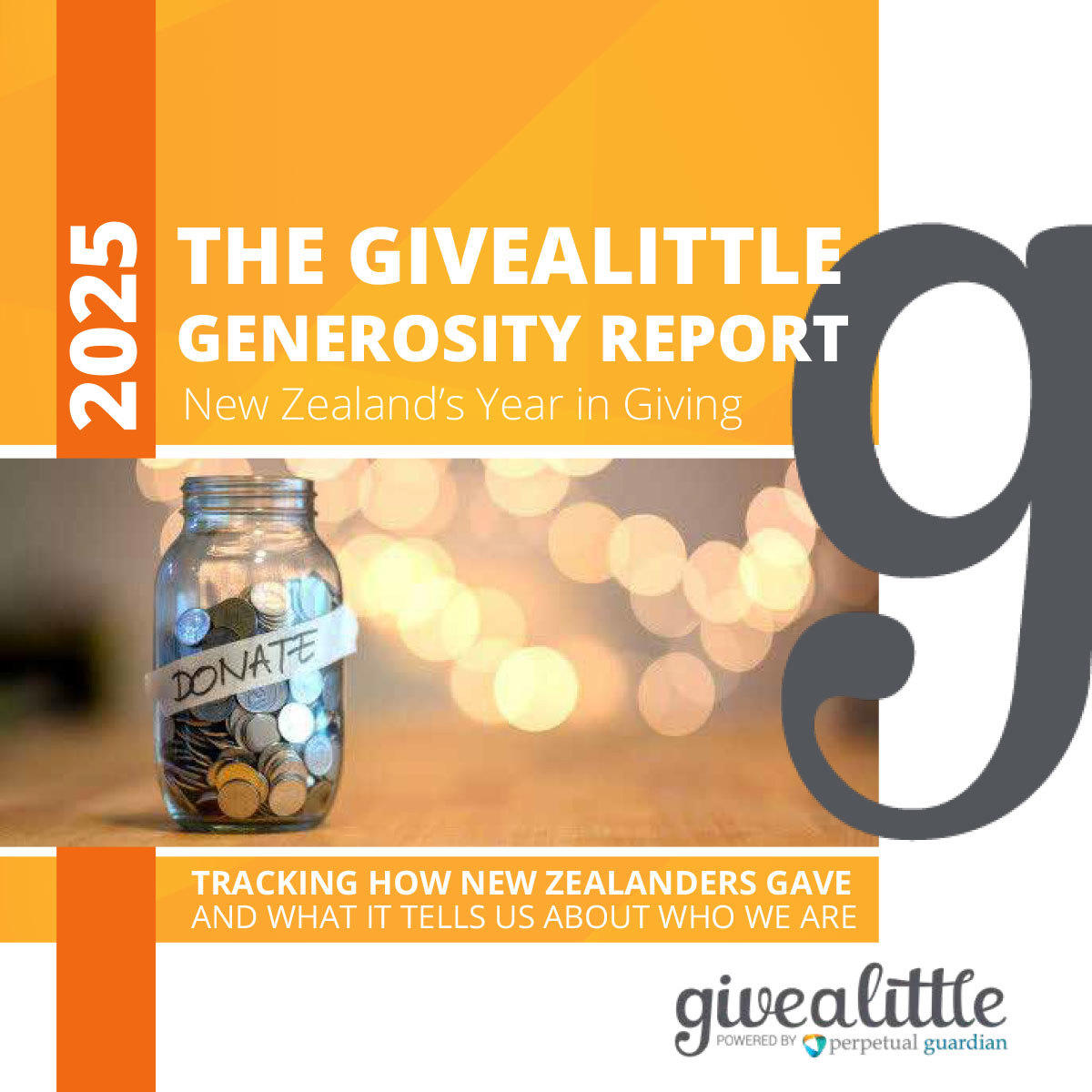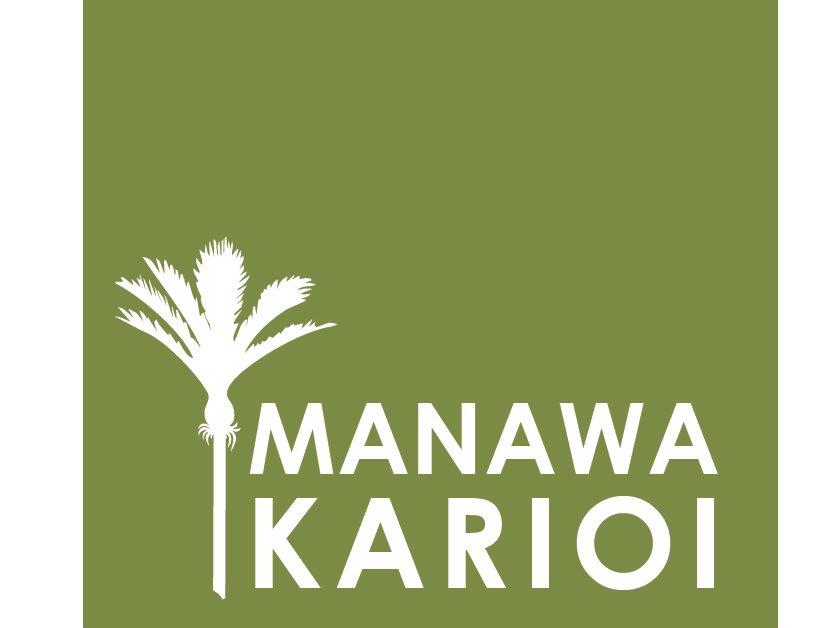Manawa Karioi Ecological Restoration Project
Manawa Karioi Ecological Restoration Project is one of Wellington's oldest reforestation projects in the southern suburb of Island Bay.
Wellington
Manawa Karioi Ecological Restoration Project is one of Wellington's oldest reforestation projects and is on land that is part of Tapu Te Ranga Marae.
Kaumatua Bruce Stewart's vision was for a 'bird and bush reserve'.
Since 1991 we have brought major weed infestations under control, planted eco-sourced trees, created key biodiversity seed sources throughout the site, developed an excellent network of publicly accessible tracks, and hosted numerous school and volunteer groups.
2021 was our 30th anniversary - the first tree was planted by Island Bay MP Liz Tennet at a dawn ceremony in June 1991.
Change from one year to the next often appears very slow but the change after 30 years is noticeable - parts of Manawa Karioi really feel like a native forest now and the birds are back.
More about us
Manawa Karioi is one of the oldest restoration projects in Wellington, on Marae land in the southern suburb of Island Bay. Our goal is to create an island of biodiversity that connects with the other neighbouring restoration projects - Tawatawa Reserve, Paekawakawa Reserve and friends of Owhiro Stream in Happy Valley. Our society is run by a group of dedicated volunteers.
Other page links
Latest update

Summary of the 2024 planting season at Manawa Karioi 🍃 11 September 2024
Thank you for your continued support! We started the planting season in June by planting along Moemoea, It's become an increasingly popular track. It gets very dry in the summertime. For this reason, most of what we plant is lower-growing species that can tolerate the dry conditions and lower soil fertility like mingimingi.
Where there are folds in the hillside with small gullies we can put in things like totara, rewarewa and titoki in the open spots, and under established trees we added nikau, poporokaiwhiri, rata and kohekohe.
Our planting is focusing a lot more on expanding biodiversity, with forest giants such as kahikatea, totara, matai and miro featuring more. We put in close to 30 of these podocarps (ancient conifer trees) this year.
While much of the current forest canopy at MK is currently ngaio, mahoe matipo and pittosporums, these will eventually become sub-canopy as the tawa, kohekohe and titoki that we have been planting in increasing numbers take over.

Latest donations





Who's involved?
Fundraise
Page Q&A
Ask a question hereAny concerns?
Report this pageThank the donor
Your message will be displayed on the page and emailed to the donor.
Your new message will also be emailed to the donor.
Saving a blank entry will delete the current comment.

